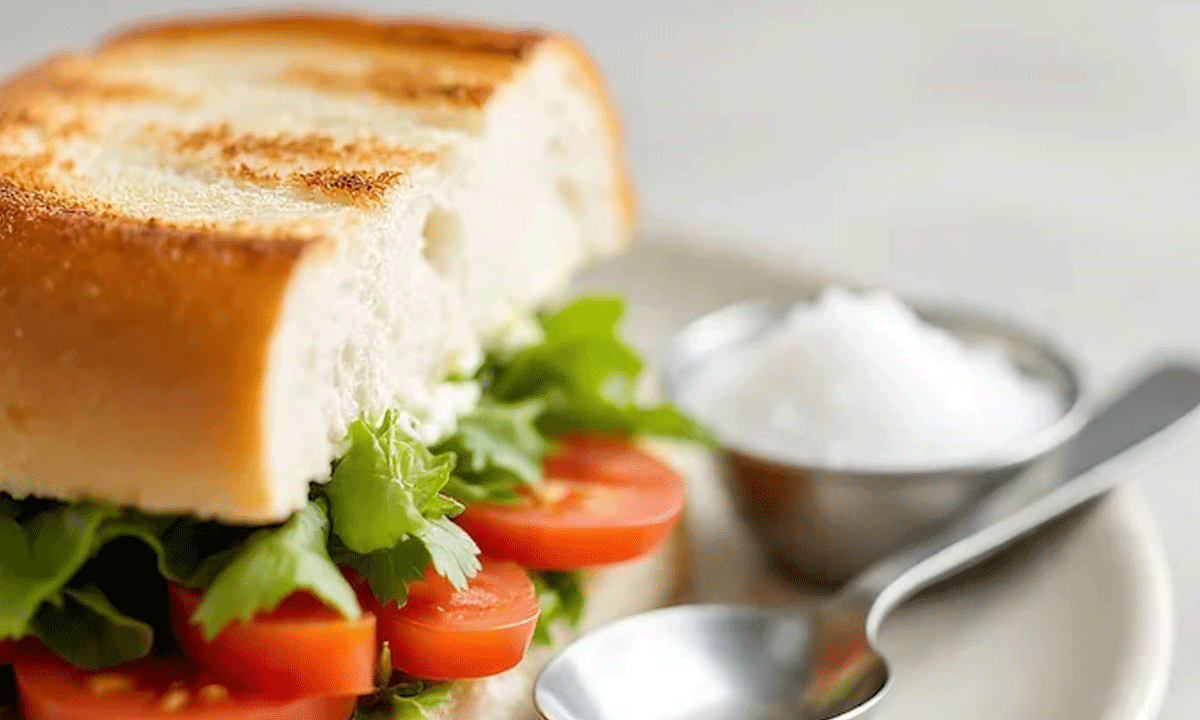How Much Salt Is Too Much? Health Experts Reveal the Right Balance
Salt is a kitchen staple used worldwide to enhance flavor, preserve food, and maintain electrolyte balance in the body.

Salt is a kitchen staple used worldwide to enhance flavor, preserve food, and maintain electrolyte balance in the body. But excessive salt intake can lead to serious health issues, especially hypertension and heart disease. So, how much salt is just right? Health experts have been debating this for decades — and we break down the facts below.
Table of Contents
Medical Guidelines: How Much Salt Should You Consume?
According to the World Health Organization (WHO), adults should limit their daily salt intake to less than 5 grams — about 2 grams of sodium. The American Heart Association (AHA) recommends even less: 1,500 mg of sodium per day, especially for those with high blood pressure.
Also Read: Shadab Khan, Haris Rauf to miss Bangladesh T20Is due to injuries
Despite these guidelines, the global average salt intake far exceeds the limit:
- 🌍 Global average: 9–12 grams/day
- 🇮🇳 India: ~10.9 grams/day (India Hypertension Management Initiative)
- 🇨🇳 China: 11–12 grams/day
- 🇺🇸 USA: ~3,400 mg sodium/day (~8.5 grams of salt)
Health Risks of High Salt Intake
Consuming too much salt has been scientifically linked to various health complications, including:
- High blood pressure (hypertension)
- Heart disease and stroke
- Kidney damage
- Stomach cancer
- Osteoporosis (due to increased calcium excretion)
🔬 A 2021 study in the New England Journal of Medicine revealed that reducing daily sodium by just 1 gram could prevent 9 million cardiovascular deaths globally by 2030.
Can Too Little Salt Also Be Harmful?
Interestingly, studies also suggest that very low sodium intake might carry risks. A 2016 review in The Lancet found a U-shaped relationship between sodium intake and heart disease — meaning both very high and very low intake can be harmful.
🔍 Optimal range: 3–5 grams of salt per day (1.2–2 grams sodium)
Extremely low sodium may lead to:
- Insulin resistance
- Higher cholesterol
- Increased risk in heart patients
Where Is Salt Hiding in Your Diet?
In India, most salt comes from home-cooked meals (unlike the West, where processed foods dominate). Hidden salt sources include:
- Pickles, papads, and chutneys
- Packaged snacks
- Restaurant and fast food
- Biscuits and bread
- Cheese, salted butter, and sauces
Even traditional meals like dal-rice or idli-sambar can exceed limits if extra salt is added.
Global and Indian Data on Salt-Related Deaths
Excess salt intake is a top contributor to preventable deaths worldwide. According to the Global Burden of Disease (GBD) 2019 study:
- ⚠️ Over 1.89 million deaths were linked to high sodium intake
- ⚠️ 45 million years of healthy life (DALYs) were lost due to excessive salt
- ⚠️ High sodium ranked as the 7th leading dietary risk factor globally
India-Specific Stats:
- 🚨 Over 150,000 deaths annually in India due to excess salt intake
- ✅ A 30% reduction in intake could prevent 400,000 deaths by 2030 (Resolve to Save Lives, 2021)
How to Control Your Salt Intake
Want to stay within healthy limits? Follow these simple steps:
- 🧂 Use less than 1 teaspoon (5g) of salt per day
- 🍋 Flavor food with lemon, herbs, and spices instead
- 🛒 Choose low-sodium packaged foods
- 🧂 Go easy on condiments like ketchup, soy sauce, and chutneys
- 🍽️ Cut back on restaurant and processed meals
Is Pink Salt or Rock Salt Healthier?
Though often marketed as healthier, salts like Himalayan pink salt, sea salt, or black salt have nearly the same sodium content as regular table salt. They may contain trace minerals, but not in significant amounts to offset overuse.
Conclusion: Don’t Ban It, Balance It
Salt is essential to health — but balance is key. For most people, under 5 grams per day is a safe and effective target. Extreme restriction isn’t necessary unless advised by a doctor. The real danger lies in mindless overconsumption.
✅ Pro tip: Track your salt, use fresh ingredients, and season smartly.
🩺 As with many things in health: moderation beats elimination.
